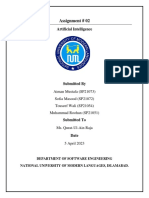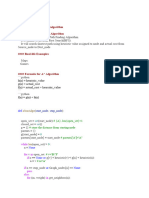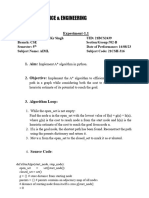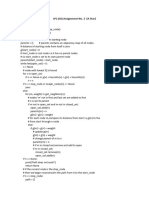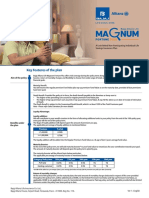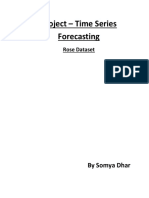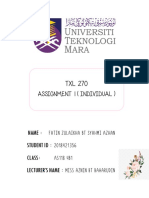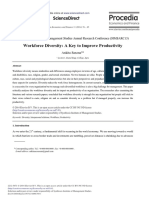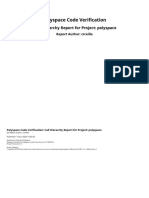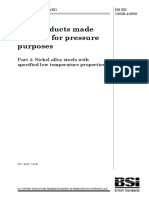0% found this document useful (0 votes)
17 views25 pagesAI & ML Lab Manual
The document outlines a series of exercises focused on various algorithms and models in computer science, including uniformed and informed search algorithms, Naïve Bayes, Bayesian networks, regression models, decision trees, and random forests. Each exercise includes an aim, algorithm steps, and corresponding Python programs to implement the concepts. The results of each program execution are verified and summarized.
Uploaded by
dharanidk895Copyright
© © All Rights Reserved
We take content rights seriously. If you suspect this is your content, claim it here.
Available Formats
Download as PDF, TXT or read online on Scribd
0% found this document useful (0 votes)
17 views25 pagesAI & ML Lab Manual
The document outlines a series of exercises focused on various algorithms and models in computer science, including uniformed and informed search algorithms, Naïve Bayes, Bayesian networks, regression models, decision trees, and random forests. Each exercise includes an aim, algorithm steps, and corresponding Python programs to implement the concepts. The results of each program execution are verified and summarized.
Uploaded by
dharanidk895Copyright
© © All Rights Reserved
We take content rights seriously. If you suspect this is your content, claim it here.
Available Formats
Download as PDF, TXT or read online on Scribd
/ 25

























